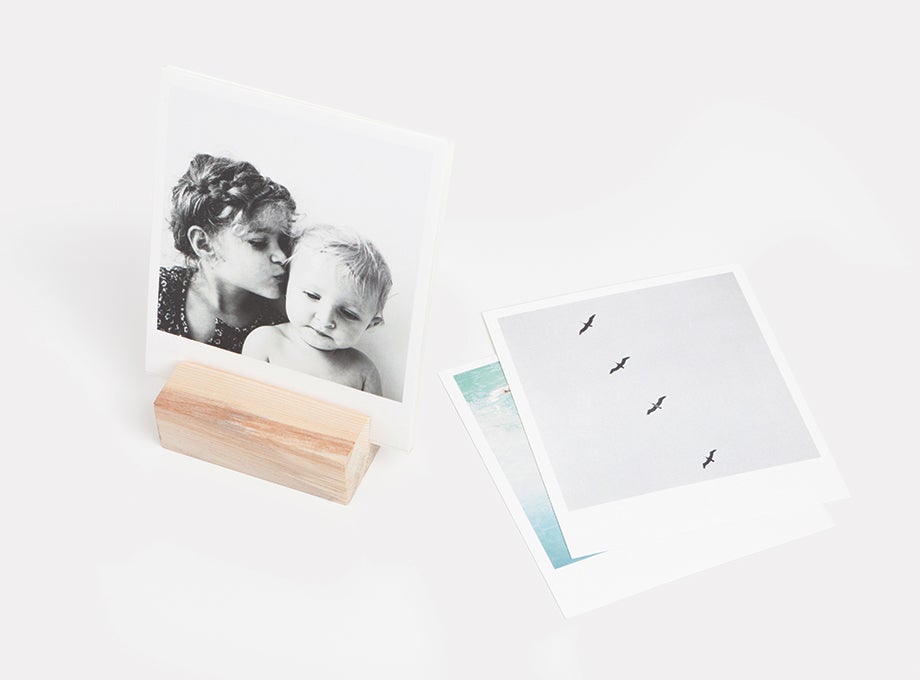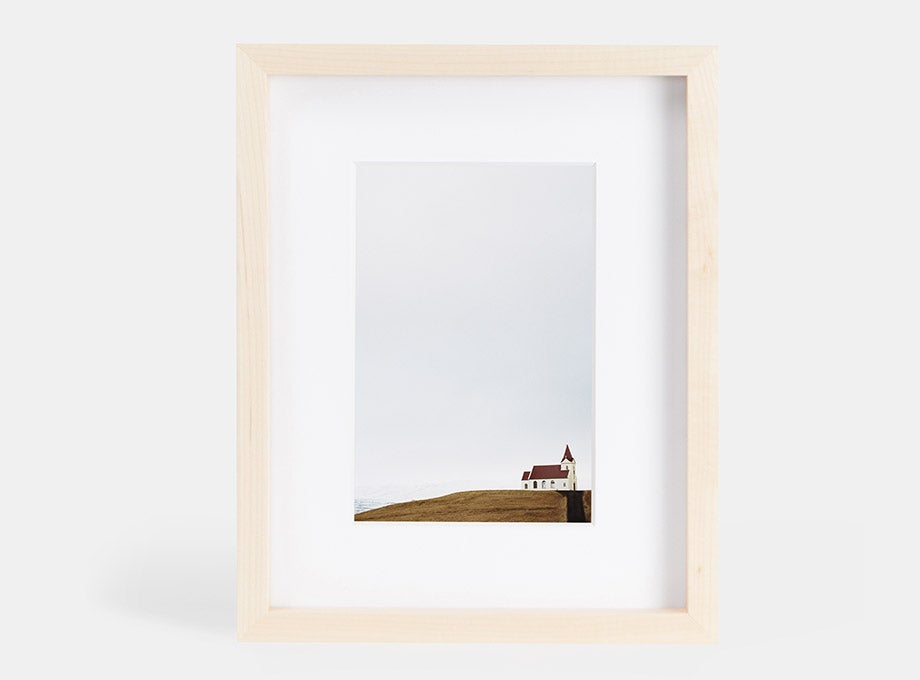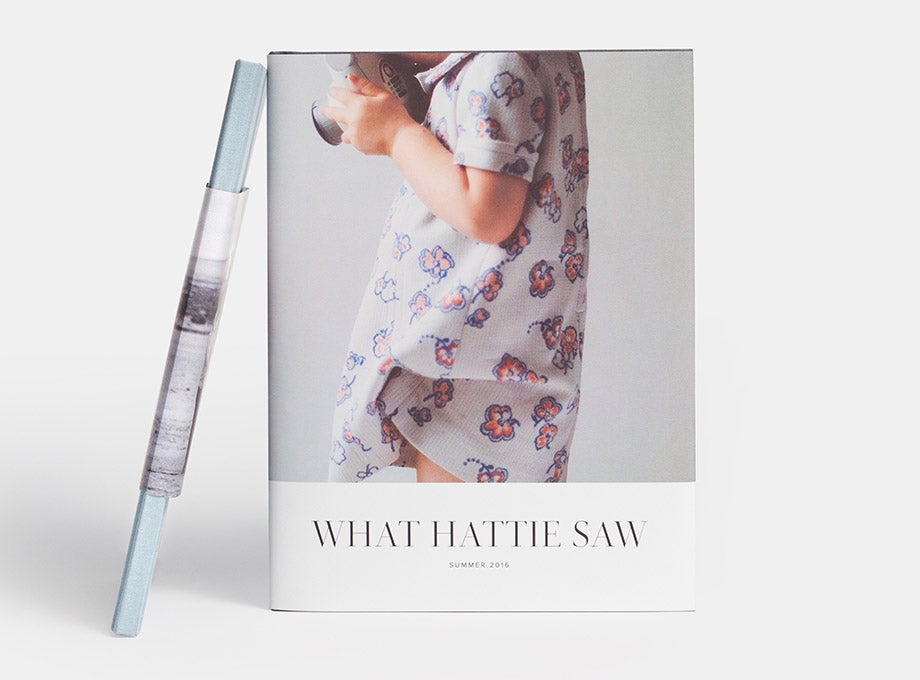Tip 01
Look for Leading Lines
@pketron


Pei's Advice:
When composing, look for lines (literal or figurative) that will provide a sense of movement and direction to your image. Leading lines help draw your viewer into an image and encourage their eyes to travel fully across and around it.
In Pei's Toolkit:
I shoot on an iPhone 7plus and use lens attachments from Moment. To process my images, I may use some or all of these, depending on the photo: SKRWT, Priime, Snapseed, and Touch Retouch.
Tip 02
Create Blur on Purpose
@alice_gao

Alice's Advice:
For blur on purpose shots, I almost always use the native camera on my iPhone, although any app that lets you lock exposure and focus separately will do. It's pretty simple, really. I wait until around sunset when car lights start coming on, and I find a good street that will make for nice bokeh lights. I then open my camera and lock the focus on something very close (generally I use a ring on my finger since it has good defined edges). Then, I'll hold the camera up to my actual scene I want to blur and use the exposure adjustment slider to get the scene to its proper exposure.
In Alice's Toolkit:
VSCO cam, Snapseed
Tip 03
Get in Close
@samhorine

Sam's Advice:
It's always good to have a loose plan for the photos you want to take. Don't be afraid to modify when you're in the middle of taking the image. Get in close and shoot as many frames as possible. Little changes in the subject and perspective can make or break the image. Pay attention to your lighting, shoot late in the day or early in the morning for a more dynamic light. You could also try using a small LED light to modify the light for portraits or food.
Want more? Check out our guide full of golden hour photography tips.
In Sam's Toolkit:
While I have a ton of accessories, I find myself keeping it to the basics when I'm shooting with the iPhone 7+ (the camera is pretty stellar straight out of the box!). Be sure to turn it on the portrait mode to make the most out of the two lens setup. I've been shooting a lot of moving images with Boomerang and Hyperlapse as well as playing around with the slomo video features on the camera. Editing is all done on the phone, using mostly VSCO and Videon.
Tip 04
Details, Details, Details
@bythebrush

Laura's Advice:
It is sometimes difficult for me to focus my iPhone camera on close up, delicate subjects. A quick fix for this is to reach out in front of the device and hold my hand parallel to the finer subject that I want to capture. I then double check composition and manually lock focus on my hand before removing it from the frame to take the shot. This almost always results in a surprisingly crisp photo of the detail I want to isolate.
In Laura's Toolkit:
Snapseed, VSCO, and Lightroom
Tip 05
Patience Makes Perfect
@joshua_allen_harris

Josh's Advice:
Photography is all about patience. I like to find interesting pockets of light and wait for the right set of circumstances to happen. Sometimes the intersection of life and light doesn't happen and you have to move on to the next possibility - but then sometimes all things line up and you come away with something interesting.
In Josh's Toolkit:
As far as editing, I use VSCO and sometimes Snapseed. I have a formula that I always stick to. I might have to tweak it a little depending on the look I'm after, but I believe that consistency in editing is very rewarding to my style and process...you can shoot pictures and expose them with your post process. Plus it cuts down on editing time.
Tip 06
Master the Movement
@ourwildabandon

Our Wild Abandon's Advice:
For a good panning shot on mobile its best to get a 3rd party app, such as Slow Shutter, to drop the speed down. Move your phone at the same speed as your subject as you take the photo and release the shutter, be sure to continue your movement to achieve motion blur in the background.
In Our Wild Abandon's Toolkit:
Slow Shutter App
Tip 07
Find Good Light
@michaelgiroux

Shaded areas reduce vertical light and allows softer horizontal light to illuminate your subject.

Michael's Advice:
Natural light in the middle of the day can be harsh and frustrating for taking pictures. Instead of waiting for overcast conditions or a cloud to block the sun, try looking for areas with shade or areas that are blocking vertical light. Shaded areas reduce vertical light and allow softer horizontal light to illuminate your subject. Avoid going too deep into shaded areas as the light will not be as clean and your images will look flat.
Find more tips for photographing light in our piece with Matthew Payne.
Tip 08
Dive In
@ourwildabandon

Our Wild Abandon's Advice:
Shooting stills underwater with limited vision is a challenge. It's easiest to shoot in video mode and take a few tries at it, when it's all said and done pull the best stills and go from there (plus you get some pretty hilarious outtakes usually).
In Our Wild Abandon's Toolkit:
To make underwater photography possible, invest in a waterproof phone case.
Tip 09
Let Them Be Little
@kristinrogers

Once I get them in the right spot, I don't say much. Their little free spirits do all the work from there!

Kristin's Advice:
I love photographing kids in a place that shows how little they are. That usually entails keeping them at the bottom of the frame, standing back a good distance and allowing a lot of negative space around them. Once I get them in the right spot, I don't say much — I love them just being young and kid-ish without insecurities or thoughts of pleasing anyone. Their little free spirits do all the work from there!
Tip 10
Find Art in Subtle Movements
@kylesteed

Beauty is found in the subtlety of life just as much as it can be found in the supreme extravagance.

Kyle's Advice:
I'm learning in my life and art that you don't have to make a big splash of color or always post a dramatic/epic landscape. Beauty is found in the subtlety of life just as much as it can be found in the supreme extravagance. I believe always being prepared is the best way to capture any moment. Specifically with the subtle/simple moments in our lives, we have to be carefully prepared not to overstep the boundaries and make that moment more than it is. Also, we have to make sure to not be too slow on the shutter to miss it in its purest form. It just takes practice—lots and lots of practice. That's how we get better at anything. We just do it more.
In Kyle's Toolkit:
PHHHOTO
Tip 11
Identify Your Subject
@alexstrohl

Alex's Advice:
When you are out there taking a photo, take a step back and think about why you are about to capture this image - what is your real subject ? Once you have determined what is making you press the shutter, it instantly becomes easier to show the end viewer what kind of message or emotions you are trying to convey.
To me, it is very satisfying to see the viewer's eye instantly drawn to my intended subject. This can only happen if you have identified your subject.
In Alex's Toolkit:
VSCO, Snapseed
Tip 12
Pull Back
@jungletimer
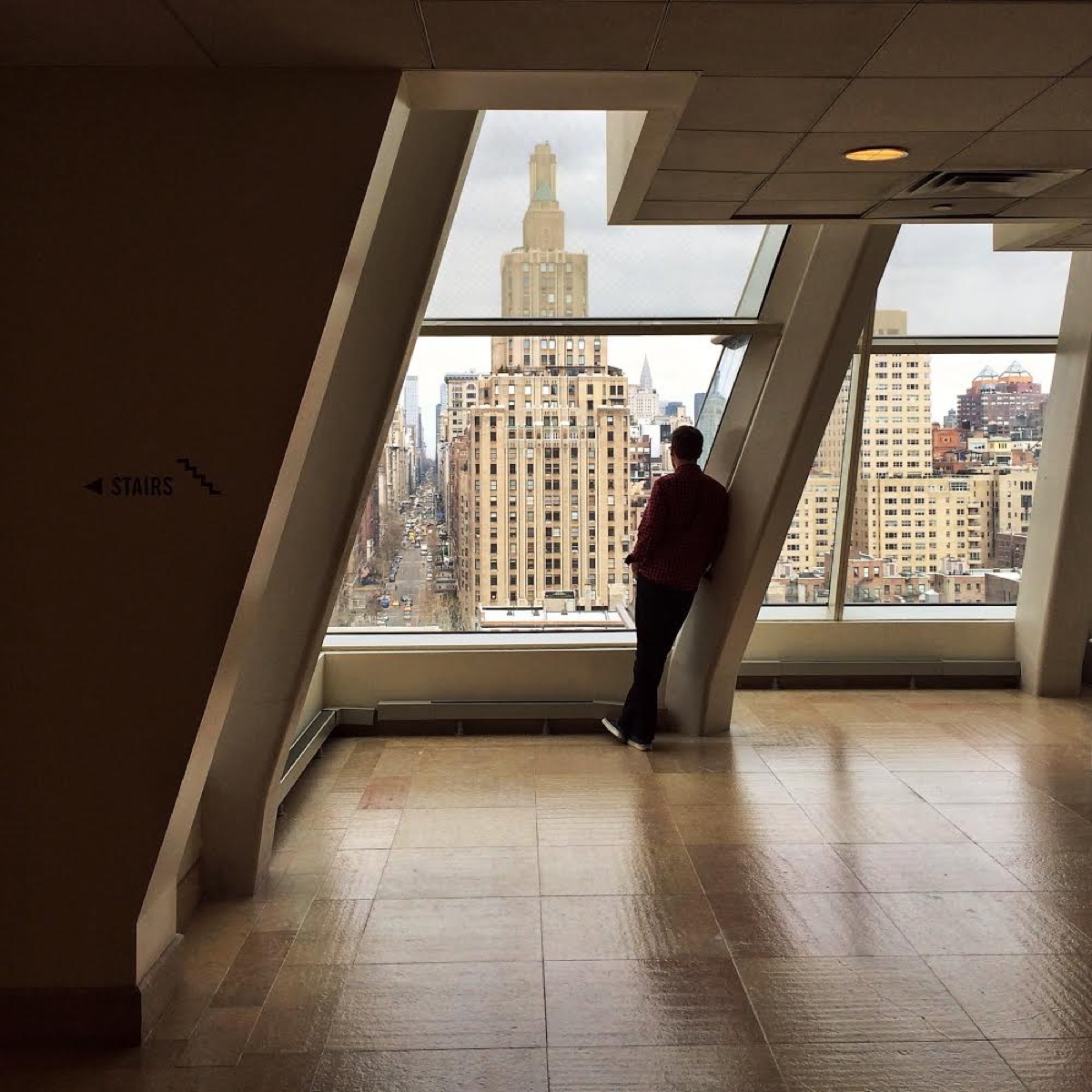
Lisa's Advice:
Don't be afraid to leave the room to get your shot. Doorways and windows can make lovely framing devices. Ever since I was a kid, I've loved dollhouses and miniatures — there is something magical and inviting about peering into a scene from the outside. The more of the room you show, the more context you give the picture — the more pieces of a story you get to tell. Oftentimes people's surroundings are as interesting as the person themselves. Giving your subject a little breathing room also allows them to forget the camera a bit, which can help them relax and be themselves...for me, that is always a good thing.
Build on Lisa's advice with more tips for photographing people using your phone.
In Lisa's Toolkit:
Afterlight, Snapseed
Tip 13
Take Advantage of Natural and Manmade Textures
@danrubin

Just like light, shadow and color play important roles within a given composition — textures add detail and interact with those other elements.

Dan's Advice:
Just like light, shadow and color play important roles within a given composition — textures add detail and interact with those other elements. Recognizing when the natural (or manmade) textures are a worthy point of focus will allow you to compose and expose for them, as well as retain or highlight them when editing photos.
Whether a brick wall or a cliff face, a forest or a glassy lake, pay attention to how the light hits a given surface, and try to capture as much of the detail as possible, even from a distance. Running your image through Snapseed's "Structure" adjustment (found under the "Details" tool) will help bring out those details a bit more if needed: I typically add no more than 25 otherwise the effect starts to look too obvious. Adding a subtle amount of sharpening also helps (I typically do this in VSCO Cam during my final edits), along with careful tweaks to the overall exposure, contrast, shadows, and the preset or filter you choose. When texture is a key element in an image, I choose my VSCO Cam preset based on what focuses the most attention on the texture.
In Dan's Toolkit:
Cortex Camera, Average Camera Pro, Snapseed, VSCO, Glif tripod, Manfrotto Mini-Tripod
Tip 14
Keep It Fun
@amandajanejones

Amanda's Advice:
If anyone has met my daughter Jane, they know she is always, always on the move...and I love that about her. However, when trying to take photos, it can prove to be a challenge. I've learned to make taking photos just a part of her life. If I see a shot that I want to try, I generally will set a little toy — my keys or a stuffed animal — in the spot where ideally I'd have her stand. She has fun "discovering" what I've placed for her and I get my shot. It works because it's natural for her, part of her daily life.
In Amanda's Toolkit:
VSCO
Tip 15
Use the Elements Nature Provides to Create a Scene
@curious2119

Tim's Advice:
Observing your surroundings is key. Seeing where the light is coming from and what elements you have. A backlit tree line can produce interesting photos with falling shadows that create good lines and draws the viewer in. Looking for water or even puddles can produce great reflections and tell a wonderful story or even leave the viewers imagination running.
In Tim's Toolkit:
Snapseed, VSCO, Cortex Camera
Tip 16
Use What's in Your Hands
@brenton_clarke

No need for the three thousand dollar camera with the thousand-dollar lens when you learn the tricks of the handy phone that sits in your palm.

Brenton's Advice:
You are able to create those pin-worthy beautiful photos straight from your mobile device. No need for the three thousand dollar camera with the thousand-dollar lens when you learn the tricks of the handy phone that sits in your palm. Personally I prefer the iPhone to other smartphones, but any of the latest smartphone models have great cameras built in – almost more than enough to capture what you need. How to take the standard phone camera to the next level you ask?
There are many fantastic apps out there to make your photos look amazing and professional. I use the native camera app to capture and edit most of my shots and then edit them accordingly. Touchretouch is a really useful app for removing unwanted content from your photos, such as spots, wires, unwanted people, etc.
Unlike many editing apps where the filters can be a little garish, VSCO Cam's filters are subtle and easy on the eye. They tend to give your images an authentic analogue film effect. The subtle tones and fades create calming and elegant images with a timeless feel to them.
SKRWT is truly the "missing link" that can really make any smartphone photo look professional. Cleaning up those crooked lines that make a phone photograph obvious, SKRWT provides lens corrections straightening up the image to produce a SLR-quality photo.
In Brenton's Toolkit:
SKRWT, VSCO, TouchRetouch
Tip 17
It's the Little Things
@hellopoe
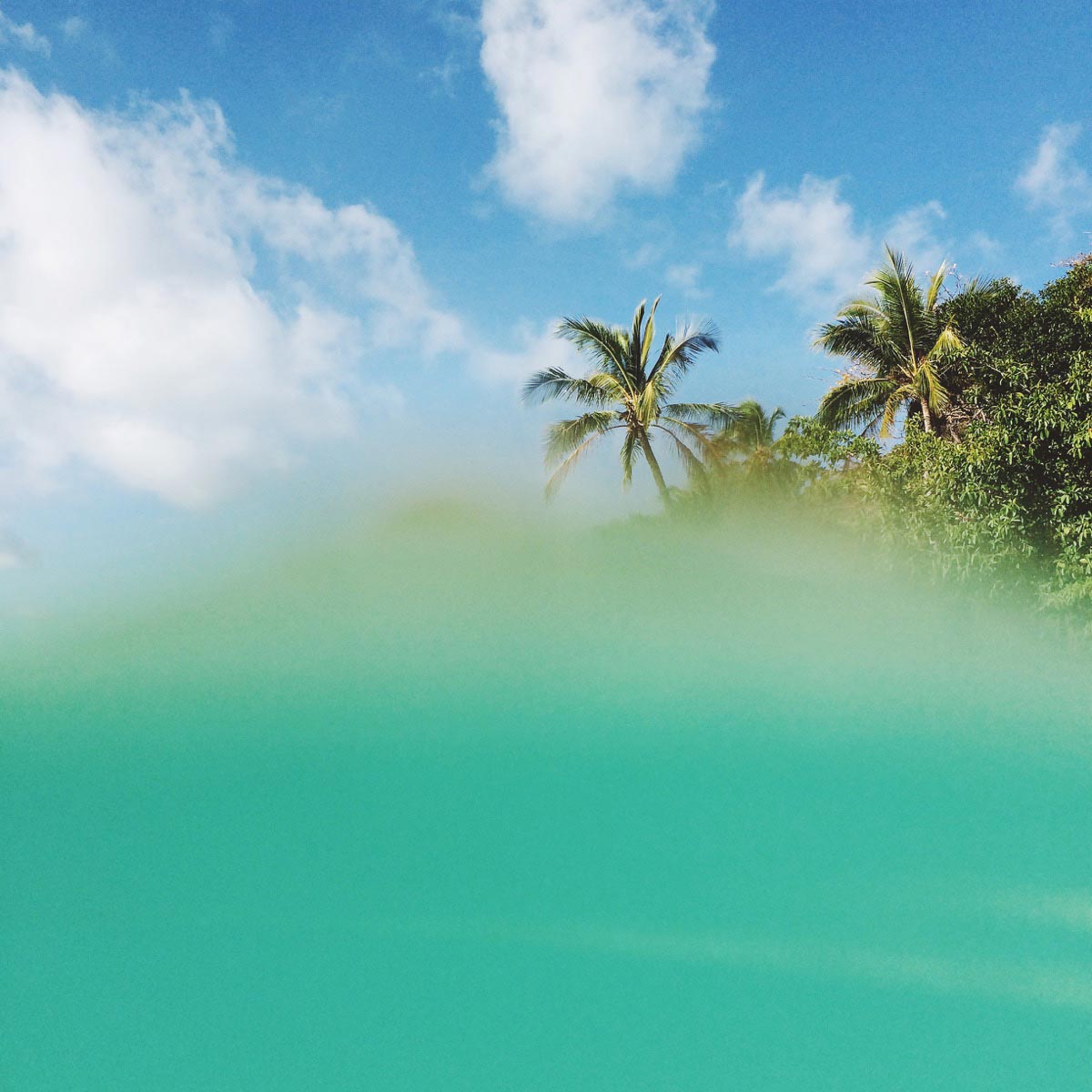
Adrienne's Advice:
Travel photography isn't just about those beautiful wide sweeping vistas - the small details and intricacies of different places and cultures are what make each place so unique, and are worthy of training your lens on! For me, a lot of the time, it's the emotion in the photograph that really gets me. And that can often be achieved by zeroing in on a detail which means something to you. For me, growing up right near the ocean (and now living far away from it) means that any time I am near the sea, I am at peace. And that's what I was feeling when I took this photo.
In Adrienne's Toolkit:
SKRWT, VSCO, TouchRetouch, Cortex Camera, Glif Tripod, Optrix Waterproof Case
Tip 18
Focus on Proper Exposure
@bradleycastaneda

Bradley's Advice:
Exposure is a critical key to a great photo. For me it's what makes or breaks it. When taking landscape photos pay close attention to your exposure. Make sure the clouds and sky aren't blown-out (overexposed), and that your foreground is still bright enough to where you can make out details. The key here is to strike an equal balance between detail in both. You know you got it wrong when the sky is glowing so bright that it starts to soften edges on the horizon.
In Bradley's Toolkit:
Moment Wide Lens, VSCO, Goal Zero SWITCH8 Battery Pack, Ice Axe
Tip 19
Choose a Winning Wardrobe
@bethanymarieco

Bethany's Advice:
Choosing the right wardrobe for mobile photography can be challenging. With time and experience, I have been able to select my favorite wardrobe pieces to photograph with my phone — especially for Instagram. I love to have fabrics with texture or a pattern, but not too busy. Having something with stripes, aztec print, polka dots, or plaid is a great way to show off and add another point of interest for the photo. I also love having a pop of color that contrasts with the background. My favorite colors to have in the wardrobe are red, mustard yellow, and a bright royal blue.
Bethany's Toolkit:
VSCO, Kate Spade, Free People iPhone Cases, Mophie Case
Tip 20
Create Impactful Scale
@zach_reed

Zach's Advice:
When you're out shooting try to find vantage points and angles that put your subject into perspective and showcase the beauty, atmosphere, and size of the landscapes and spaces you're capturing. Use the landscape or space to your advantage, place your subject in a way that will reflect the essence of the place you're capturing. Whether its getting up high on a hillside to capture a hiker trekking the ridge below, or getting down low on a mountain road to capture a silhouette of a friend taking in the view, use your surroundings to your advantage!
Looking for more tips like Zach's? Visit our collection of 10 landscape photography tips from Chris Burkard.
In Zach's Toolkit:
Moment Wide Lens, Snapseed, VSCO
Tip 21
Look For the Dark(er) Side of Light
@inkedfingers

We must be present to the moment, the mood, our intuition, the tiniest details... I've learned the hard way.

Carli's Advice:
We follow the light for a fabulously lit photograph, but there is as much beauty in the darkness as there is in the light. Instead of looking directly at the subject you're trying to photograph, be aware of your surroundings, how the light not only hits your subject, but the spaces around them, around you. Are there shadows? Ask yourself "Where does the light fall?", but also sometimes more importantly "Where does the light not fall?" Are your subjects more interesting when they're back lit?
By tapping directly on your screen, oftentimes we're able to change the exposure from the background to the foreground, or vice versa. We must be present to the moment, the mood, our intuition, the tiniest details... I've learned the hard way. I've come home to edit photos and seen an amazing shadow that I never took advantage of! We learn we must be fully awake to that moment, not focused on the next shot or others staring at us trying to get the shot or the ding from a message on our phones.
Carli's Toolkit:
Camera+, Snapseed

